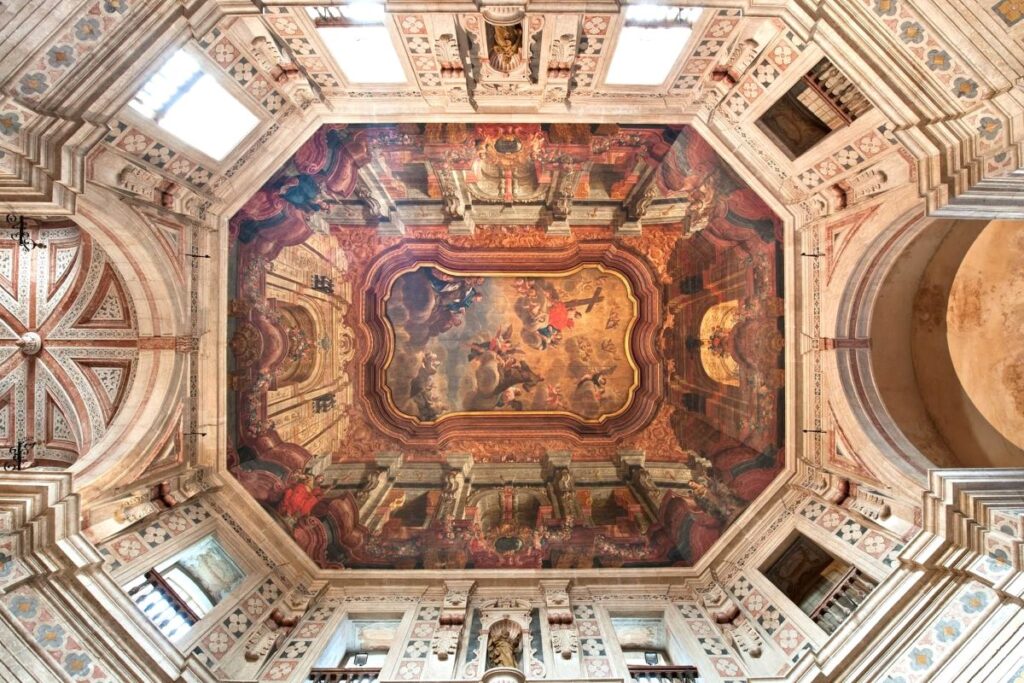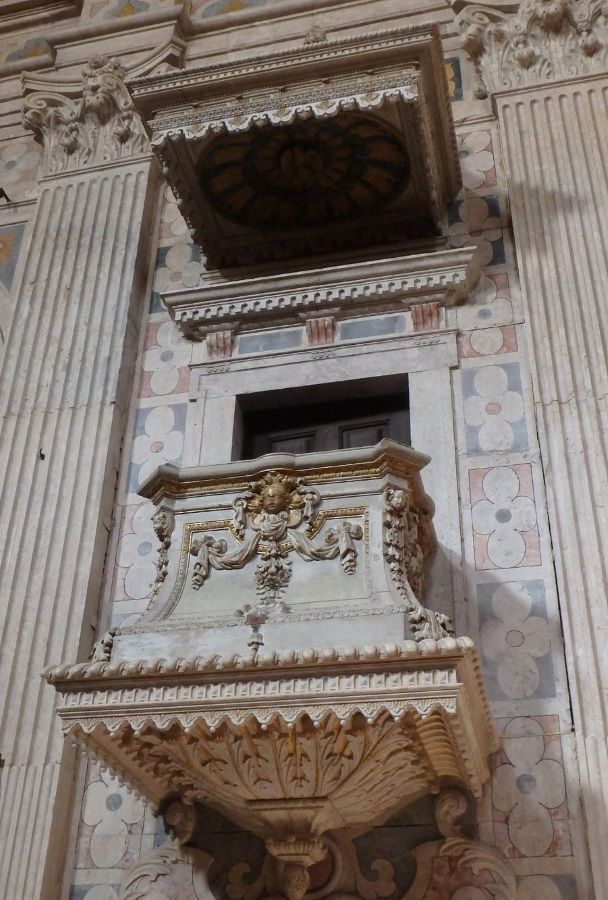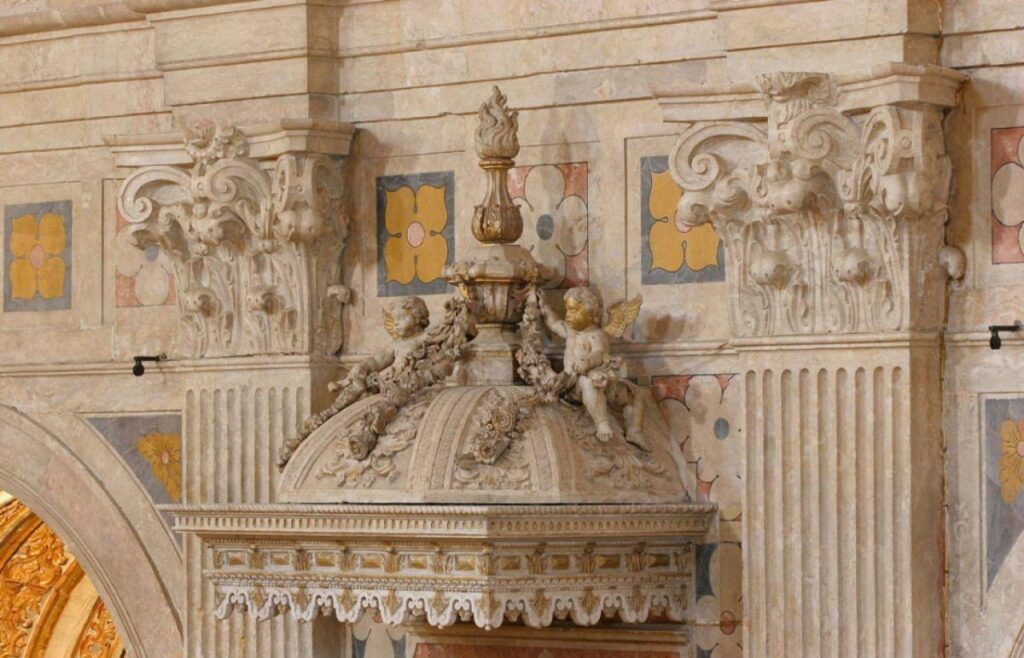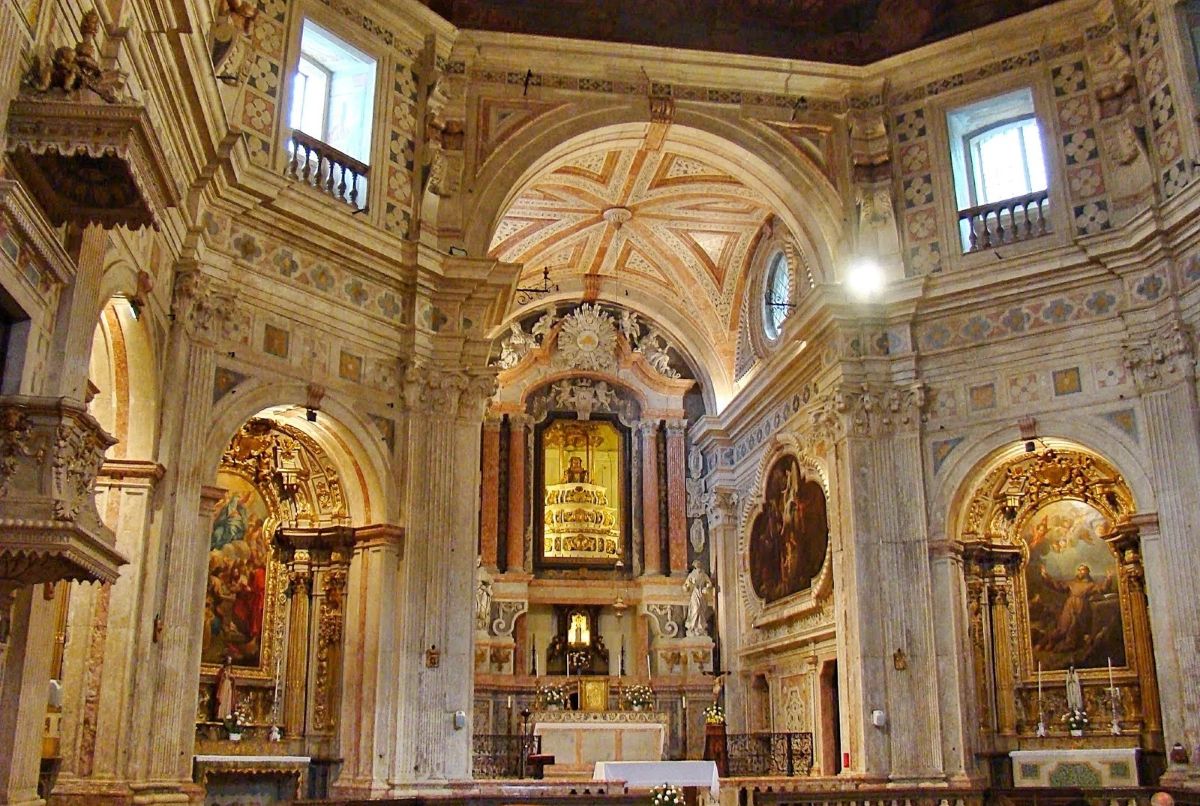The Church of the Child God was commissioned by King João V to fulfil a vow when his male heir was born and to house a venerated image of the Child God, reputed to be miraculous. Construction began in 1711, according to a plan by the royal architect João Antunes, and was then continued by Frederico Ludovice in 1736. The church is an excellent example of the Baroque style, but it wasn’t until March 1737 that it was consecrated. It was one of the few buildings in Lisbon that survived the 1755 earthquake unscathed.
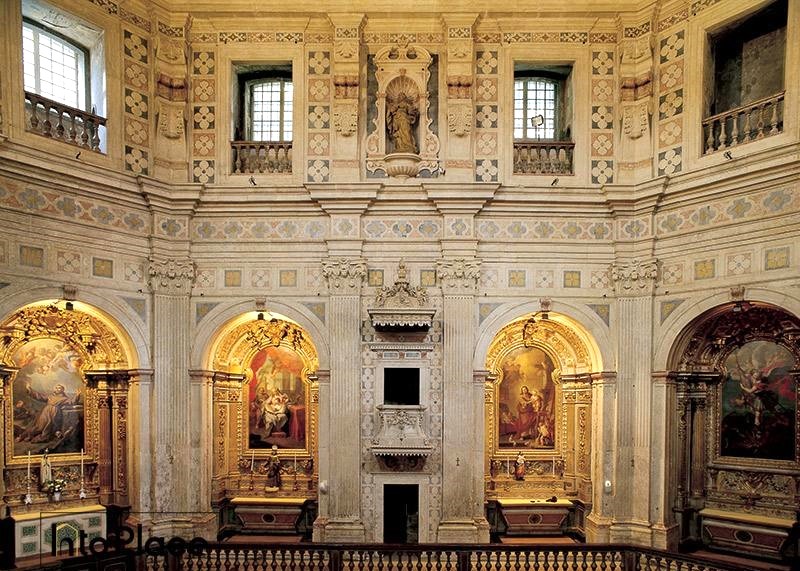
Its interior stands out for the polychrome marble work, particularly in the chancel altarpiece, as well as the gilded woodwork in the chapels and the canvases in the side altarpieces, attributed to André Rubira and André Gonçalves, while the canvases in the chancel are by Francisco Vieira Lusitano and Francesco Pavona.
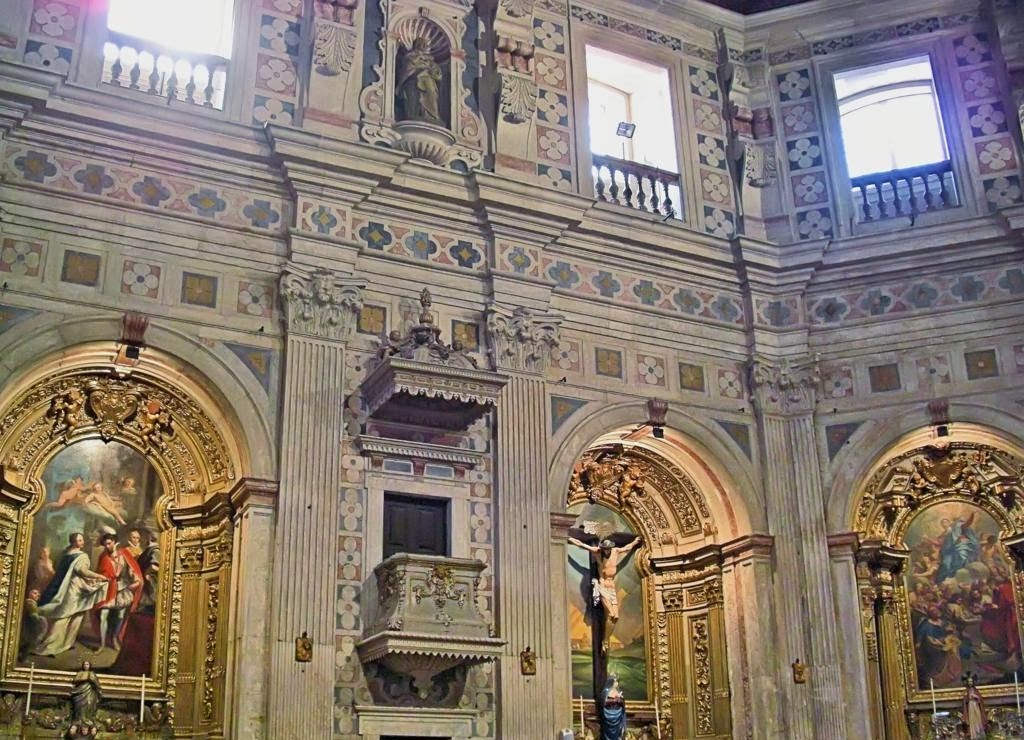
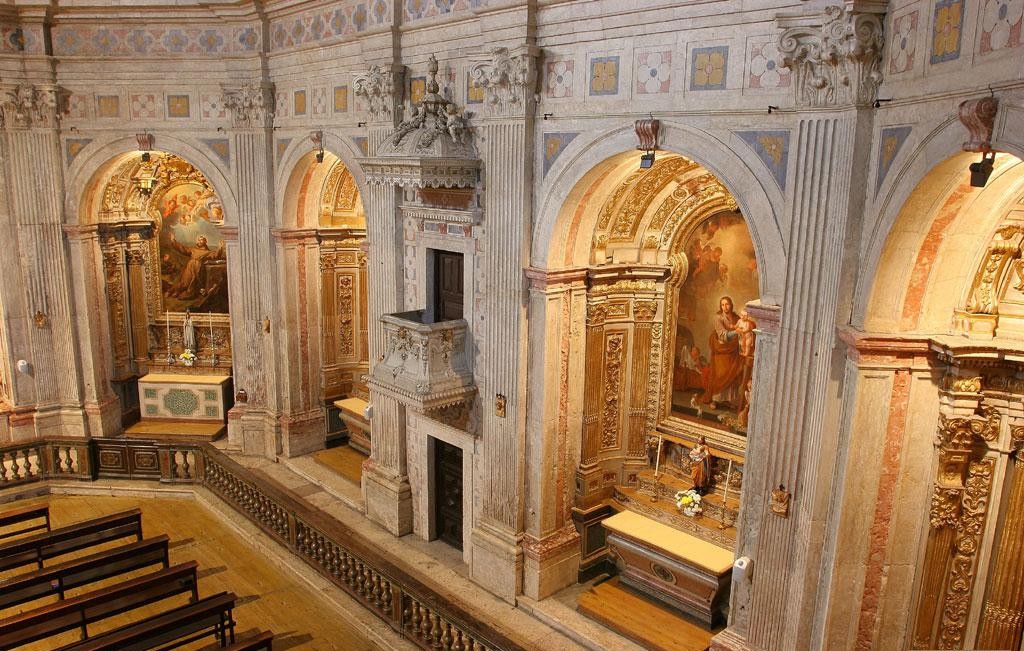

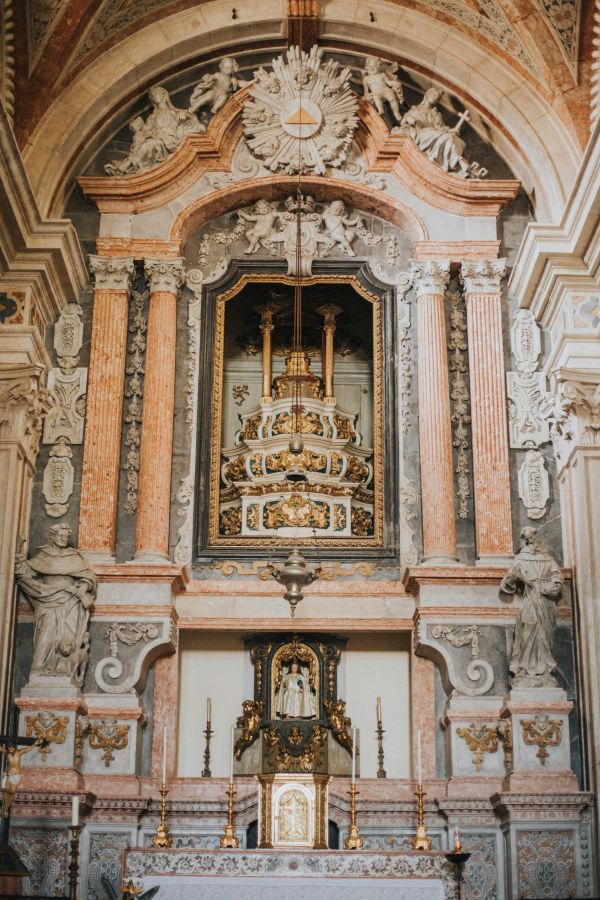
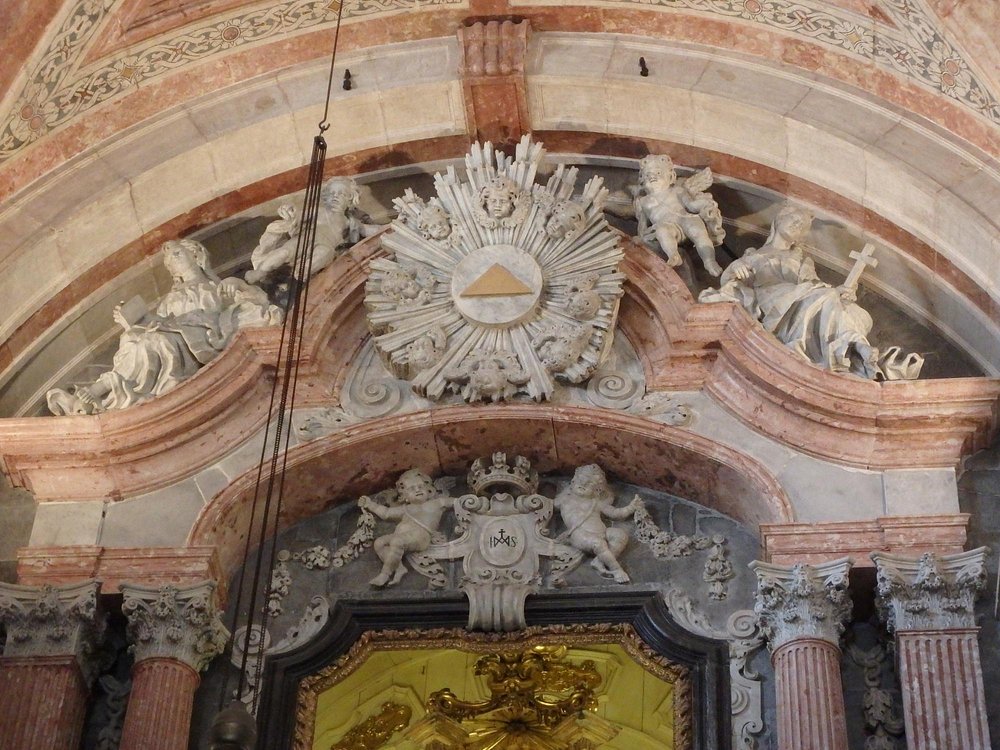
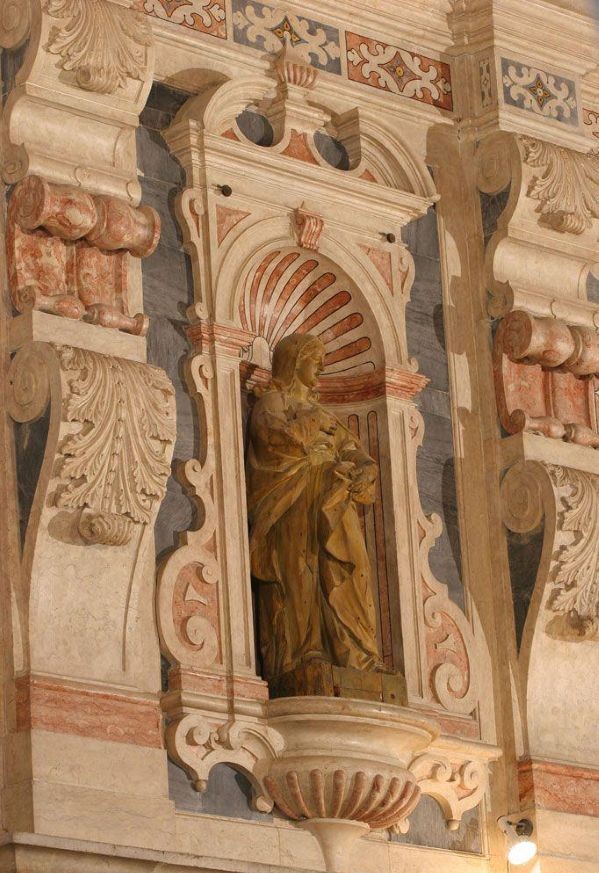
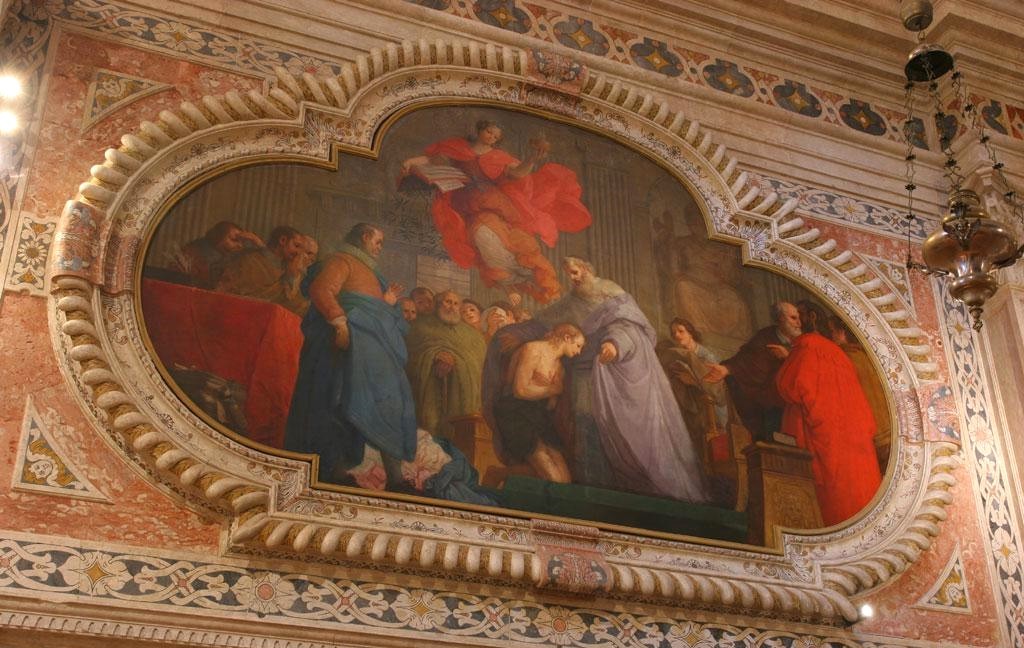

There are 8 side chapels with round arches, carved altarpieces and paintings attributed to André Gonçalves (based on drawings by Vieira Lusitano), Inácio de Oliveira Bernardes and André Rubira. On the Epistle side:
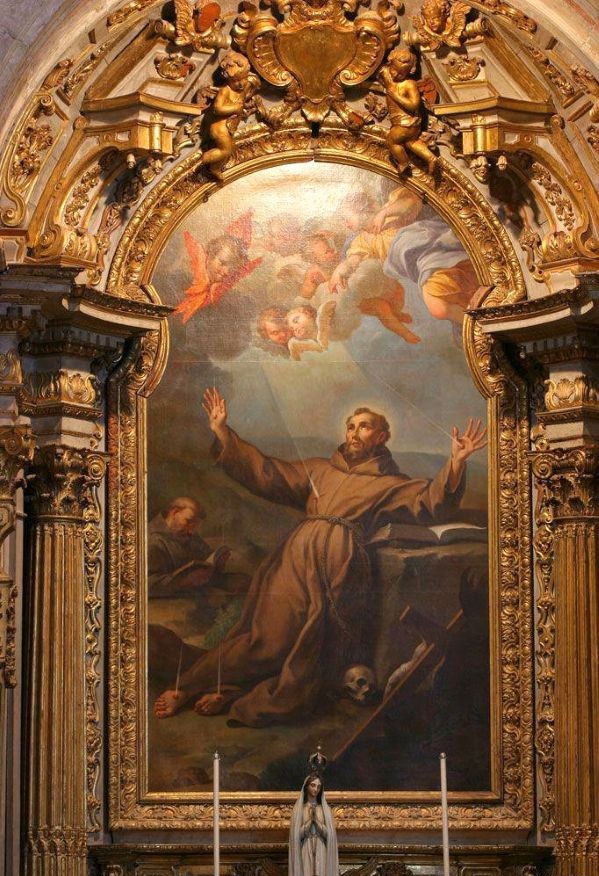
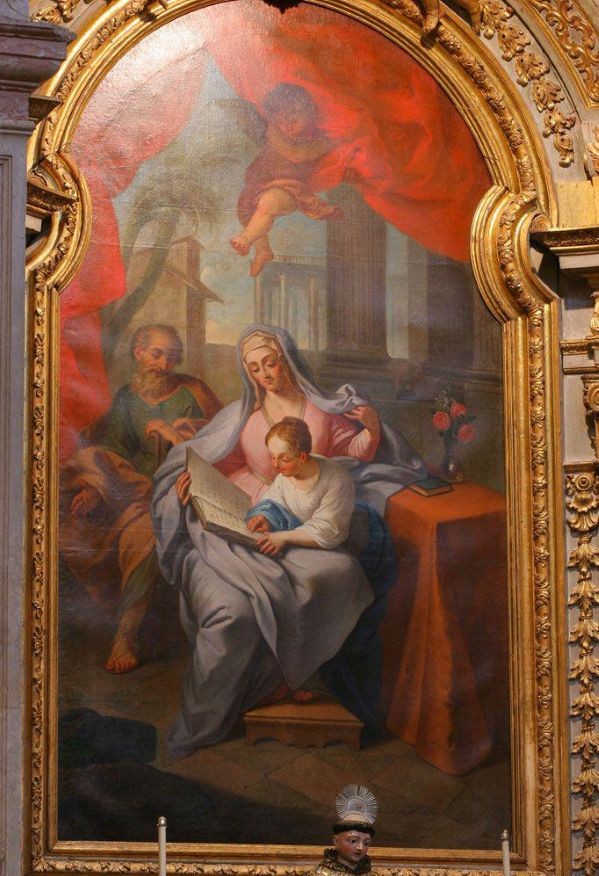

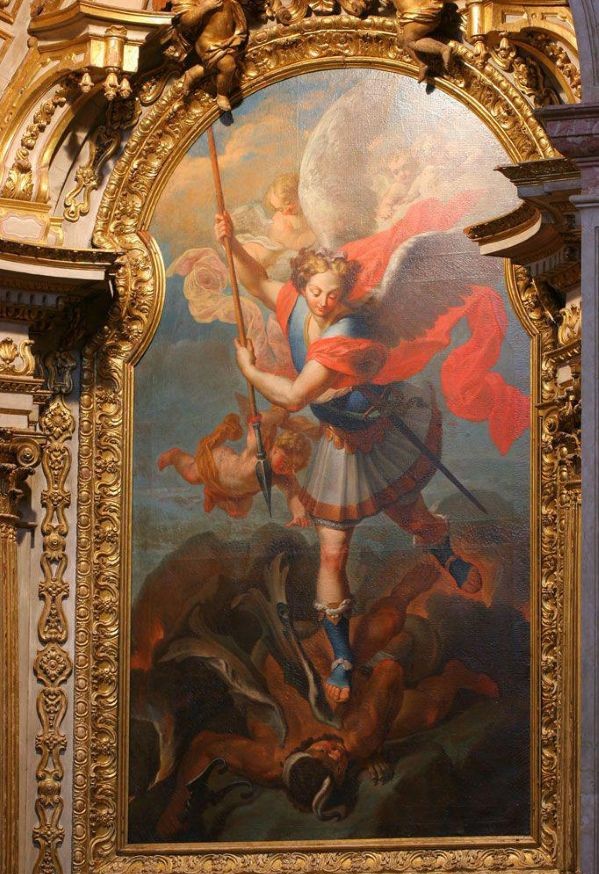
The Gospel side:
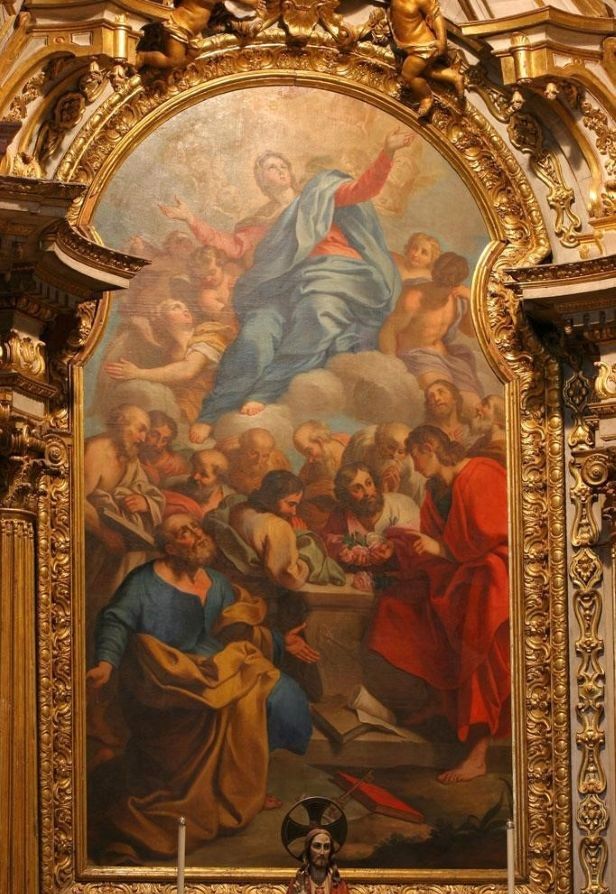
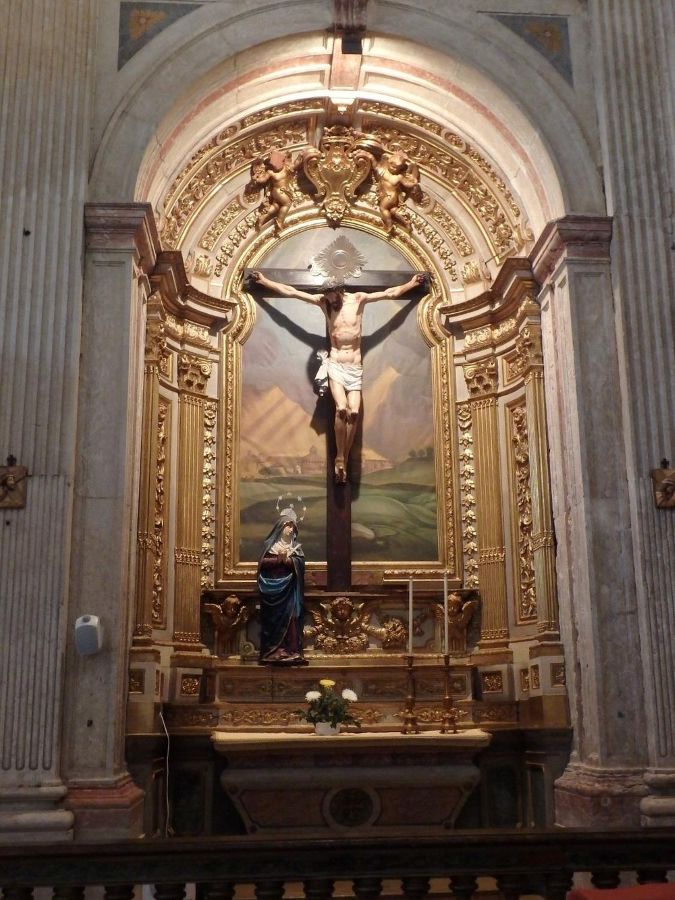
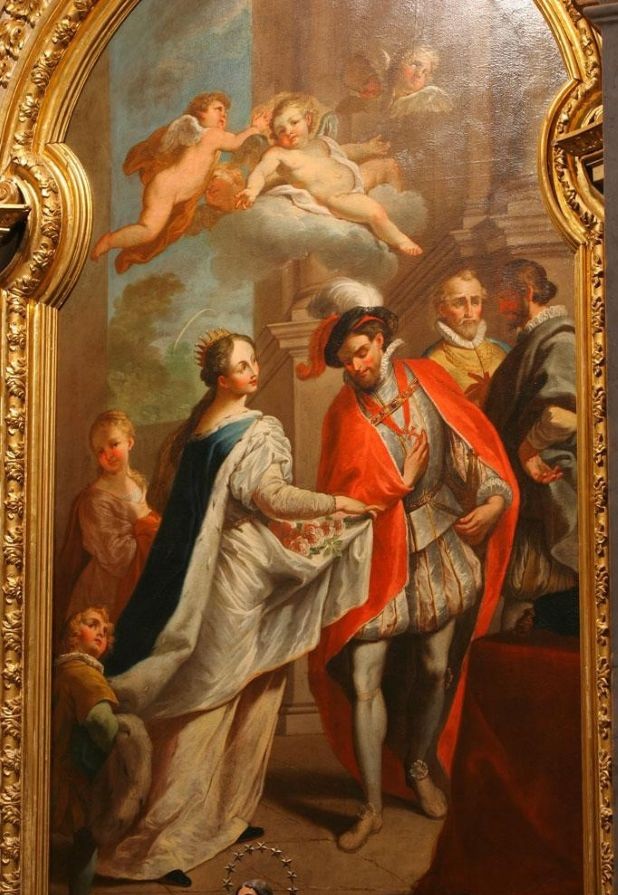
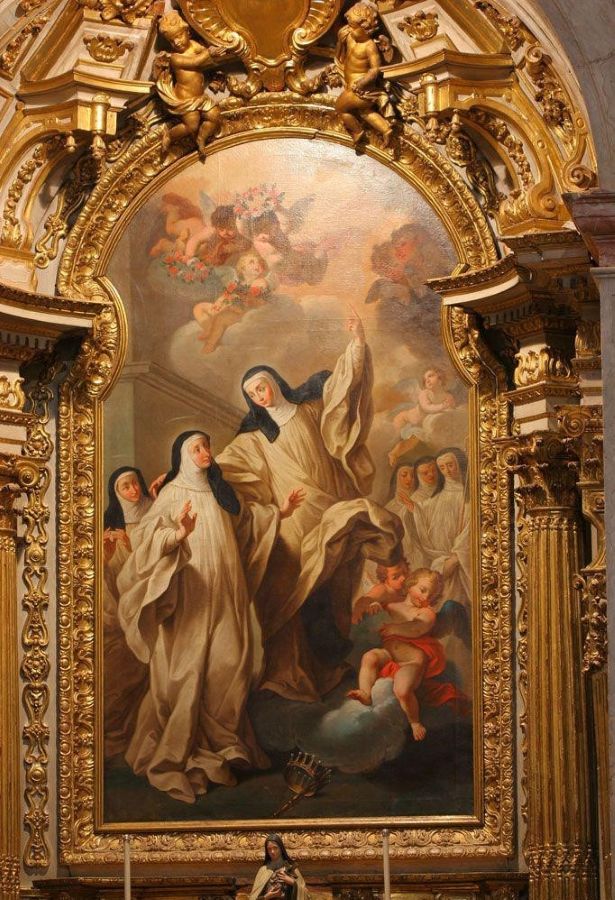
The ceiling features a painting by João Nunes de Abreu and Jerónimo Silva, according to a design by Vitorino Serra, in trompe l’oeil, with quadratures, forming arches, cornices, modillions, gathered by festoons and converging on a central panel (painting on canvas), where the Glorification of St Francis takes place, next to the Heavenly Court. In the angles, Temperance, Justice, Strength and Prudence.
